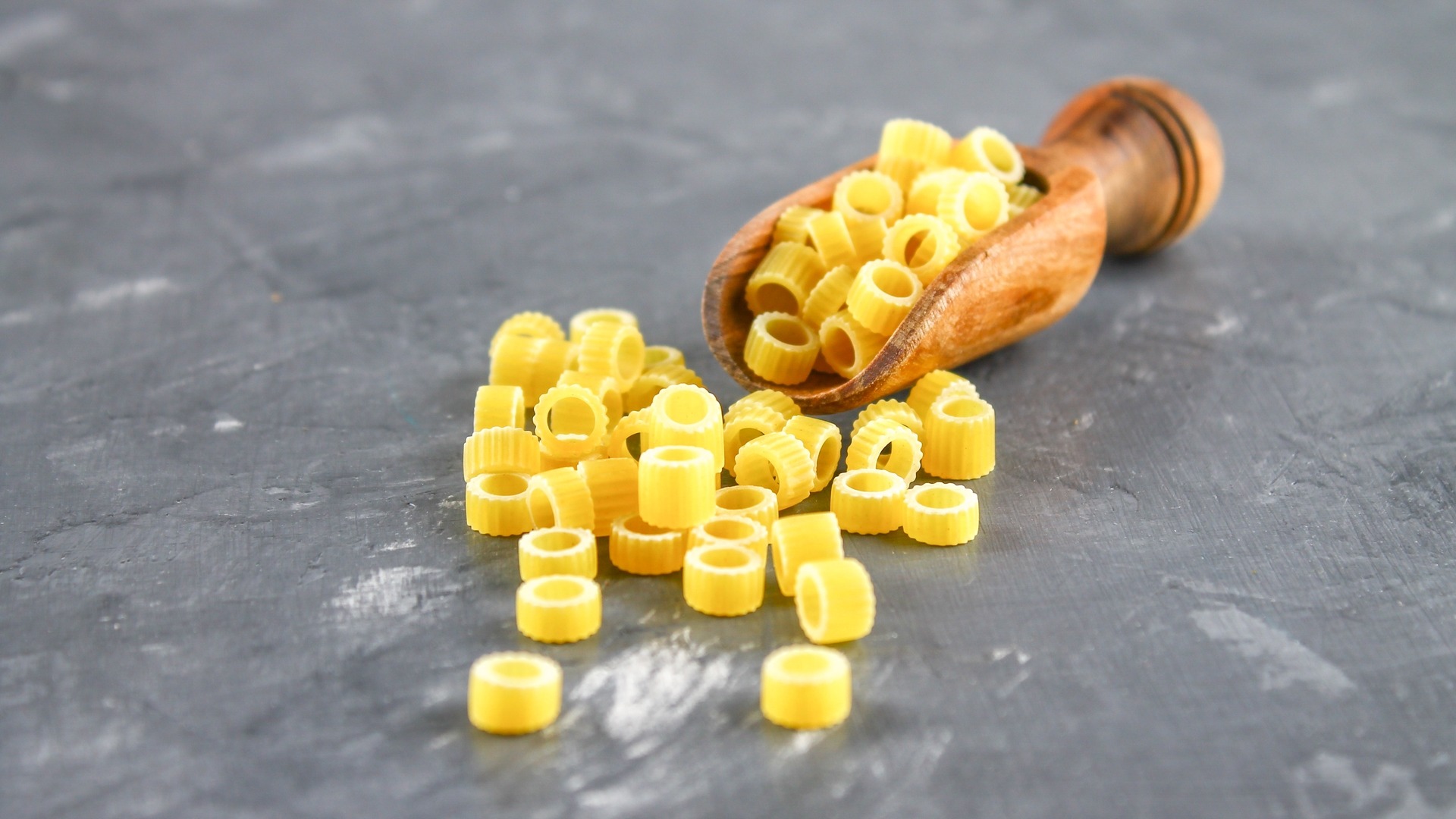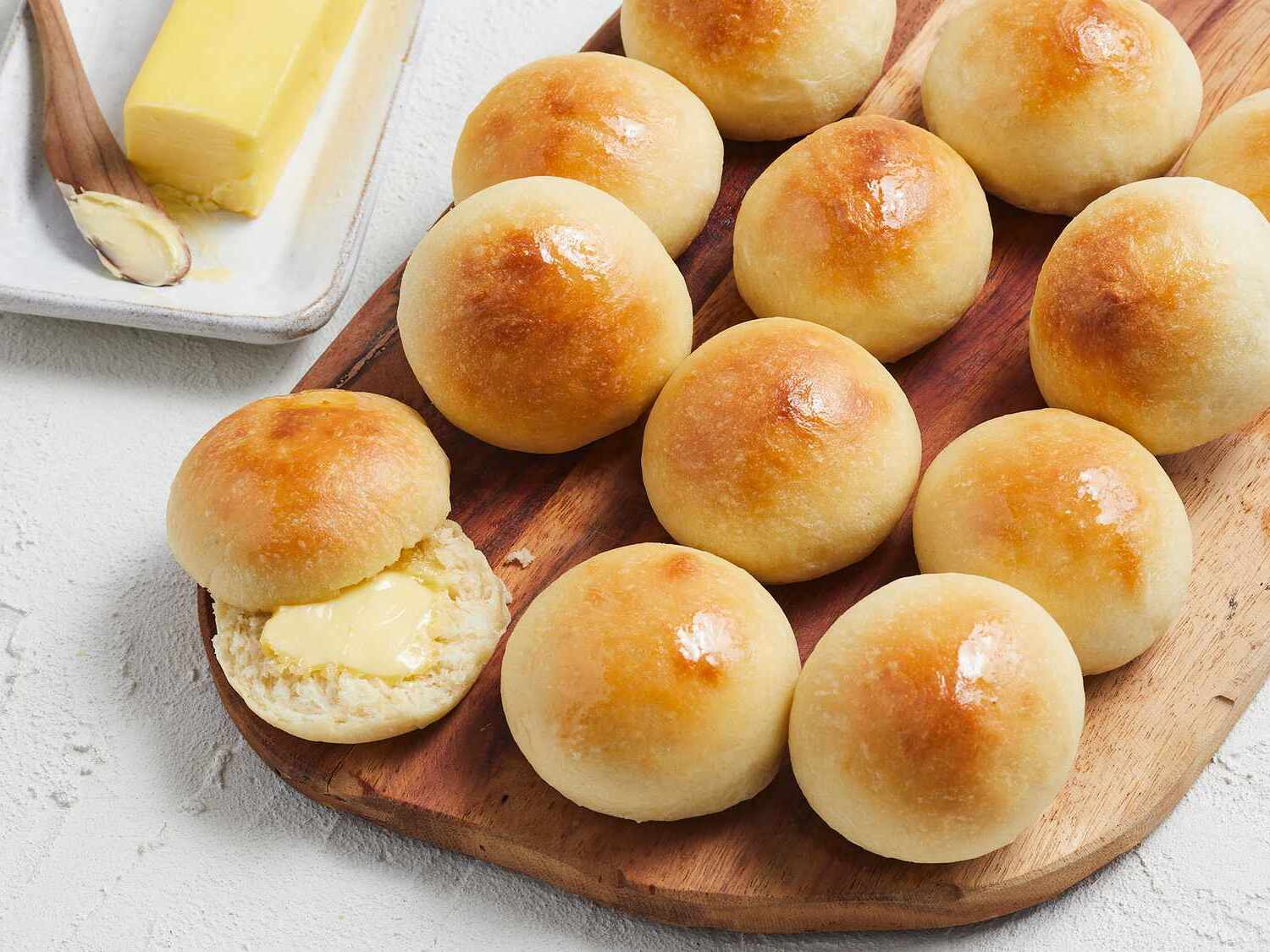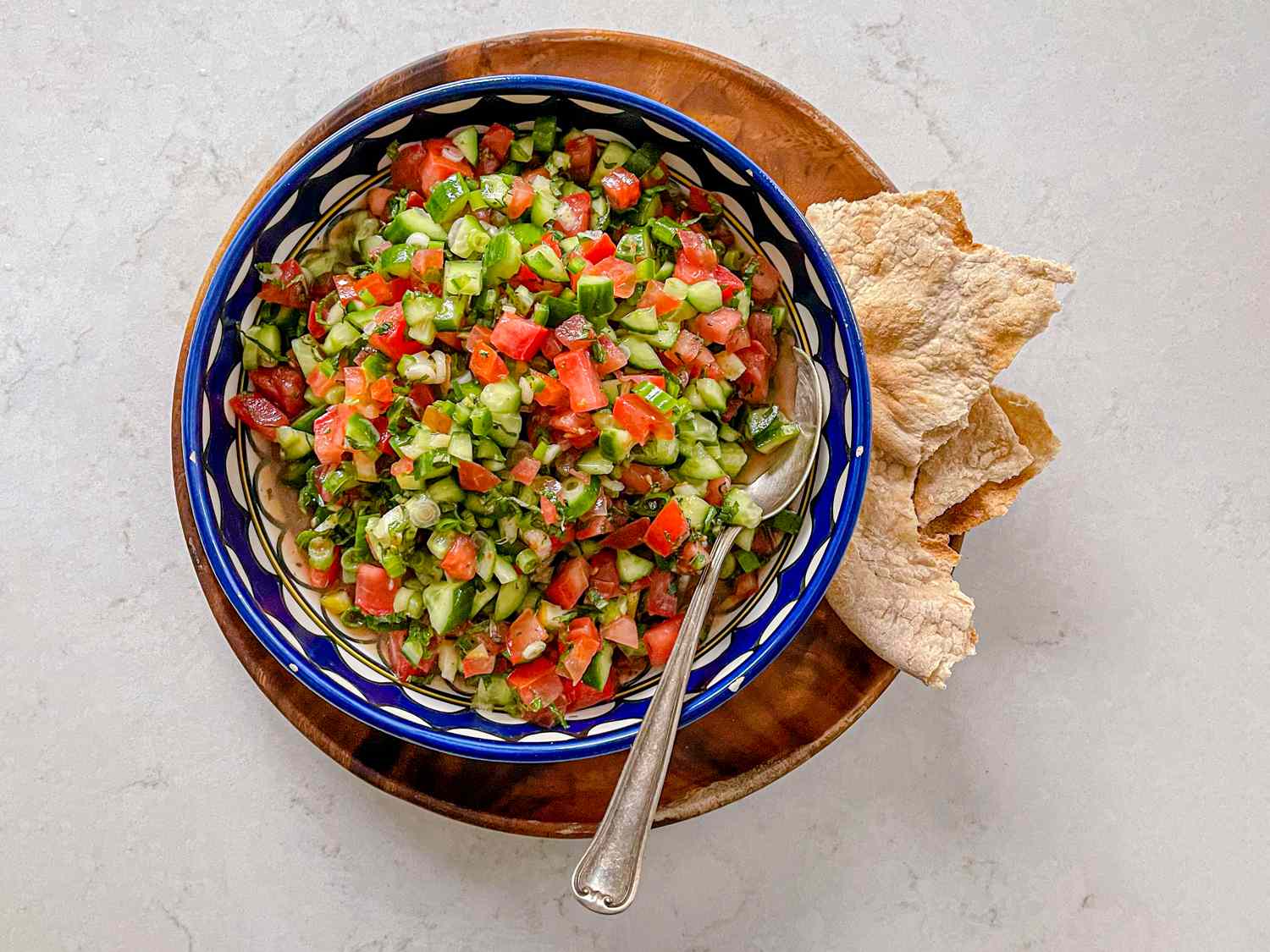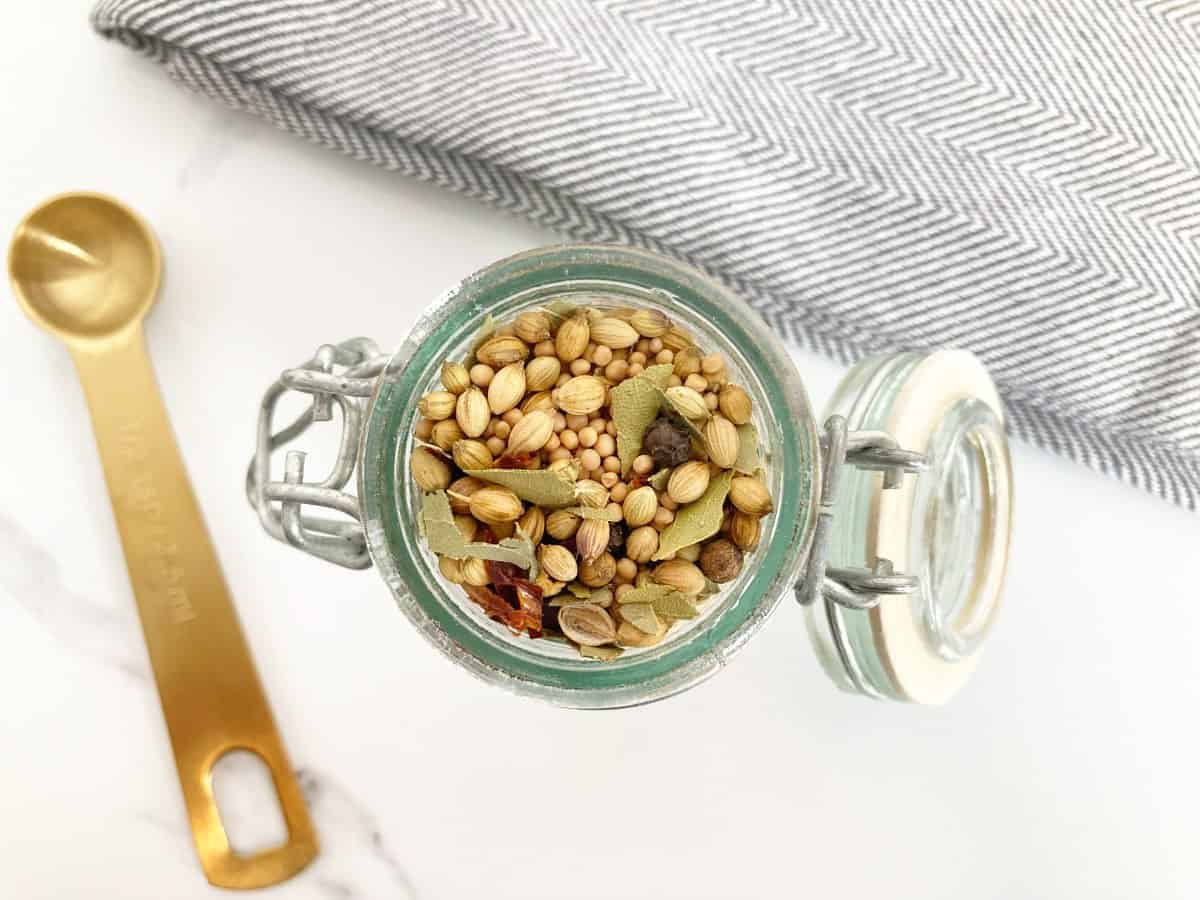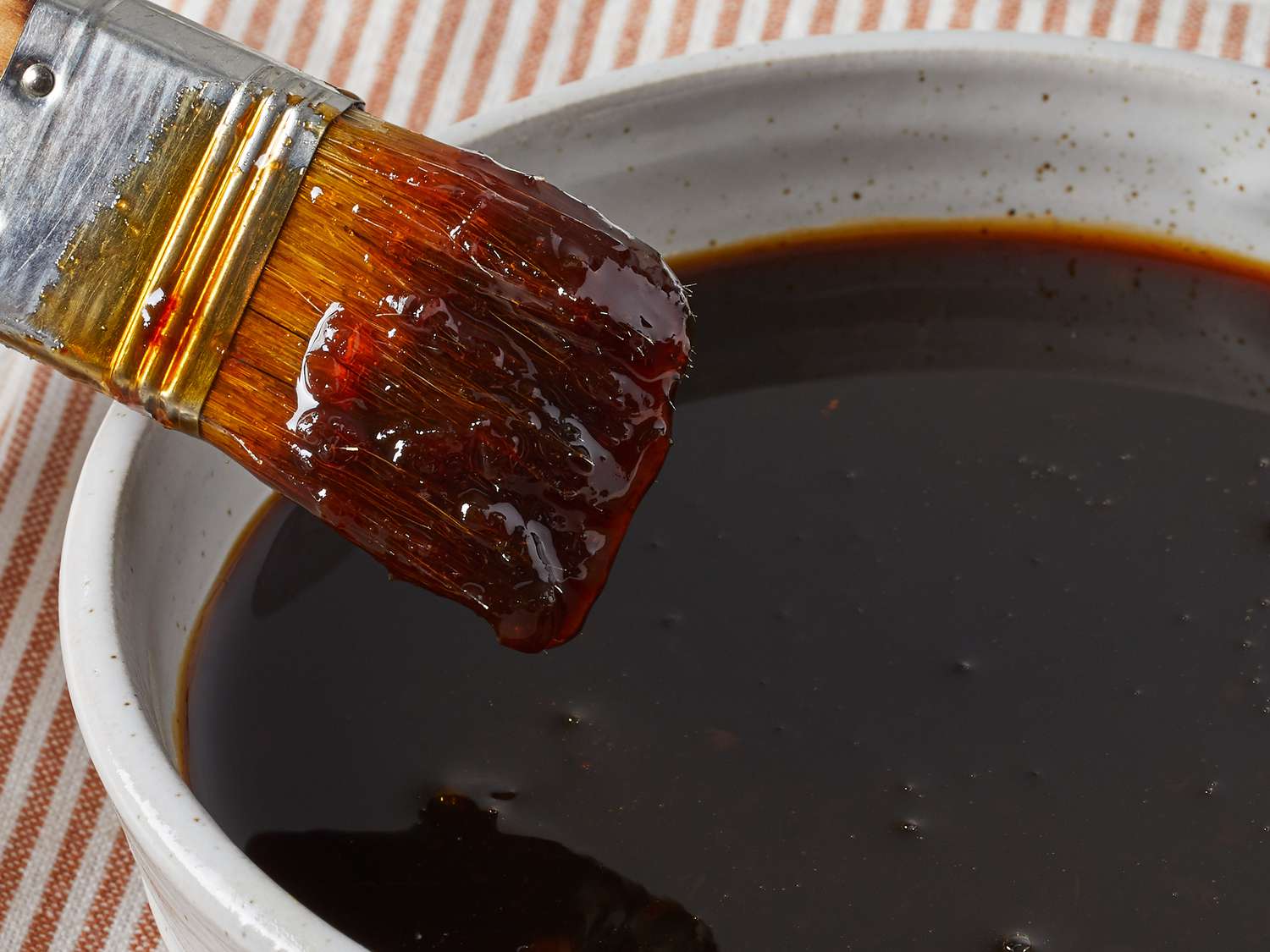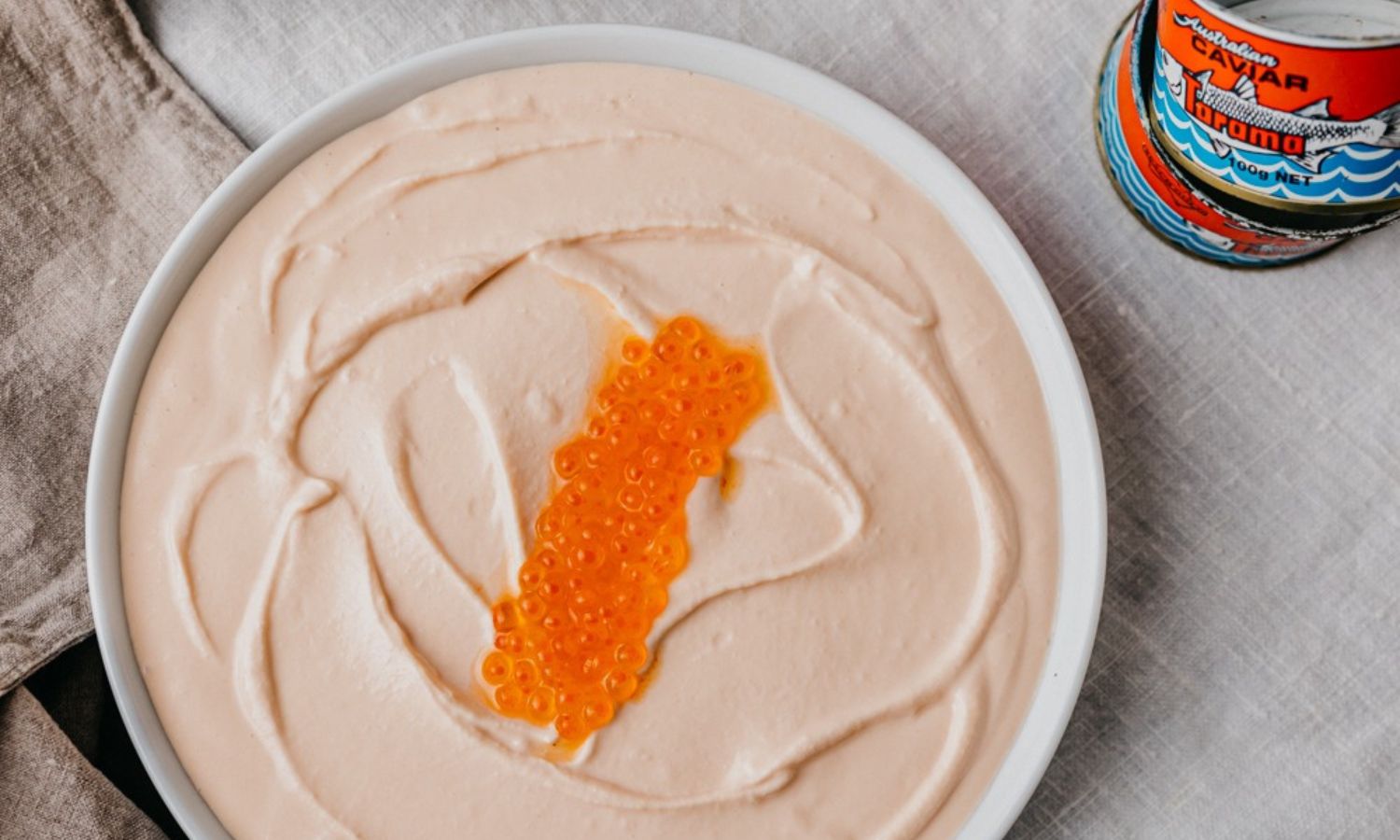Jamon: A Culinary Delight
If you're a fan of Spanish cuisine or have dined at a tapas restaurant, you may have come across the delicious and flavorful delicacy known as jamon. But what exactly is jamon, and why is it so highly regarded in the culinary world? Let's delve into the world of this delectable Spanish specialty.
What is Jamon?
Jamon is a type of cured ham that originates from Spain. It is typically made from the hind legs of a pig, and the process of making jamon involves salting and air-drying the meat for an extended period. This traditional method of curing and aging gives jamon its distinctive flavor and texture.
Types of Jamon
There are two main types of jamon: jamon serrano and jamon iberico.
-
Jamon Serrano: This type of jamon is made from white pigs and is aged for a shorter period, usually around 12 to 18 months. It has a rich, savory flavor and a firm texture.
-
Jamon Iberico: Considered the pinnacle of Spanish ham, jamon iberico comes from Iberian pigs, which are known for their unique breed and diet. This type of jamon is aged for a longer period, often up to 36 months, resulting in a more complex and intense flavor profile.
The Art of Jamon Production
The production of jamon is a meticulous and time-honored process that requires skill and expertise. Here's a brief overview of the traditional method of making jamon:
-
Selection of Pigs: High-quality jamon begins with the careful selection of pigs, particularly for jamon iberico, where the breed and diet of the pigs play a crucial role in the flavor and quality of the final product.
-
Salting: The process starts with the application of sea salt to the meat, which helps draw out moisture and preserve the ham.
-
Aging: After the initial salting, the ham is left to age in a controlled environment. This slow aging process allows the flavors to develop and intensify, resulting in the characteristic taste of jamon.
-
Curing: Throughout the aging process, the ham is carefully monitored to ensure that it reaches the perfect level of curing, where it achieves the desired texture and flavor.
Serving and Enjoying Jamon
Jamon is typically served in thin slices, allowing the rich marbling and delicate texture to be fully appreciated. It is often enjoyed on its own or paired with other traditional Spanish ingredients such as Manchego cheese, olives, and crusty bread. The flavors of jamon can be further enhanced by serving it at room temperature, allowing its complex aromas to fully unfold.
Culinary Versatility
In addition to being a beloved delicacy on its own, jamon is also a versatile ingredient that can be used in various culinary creations. From adding depth to soups and stews to being featured in gourmet sandwiches and tapas dishes, jamon brings a unique and savory element to a wide range of recipes.
Conclusion
Jamon is more than just a type of ham; it is a symbol of Spanish culinary tradition and expertise. Its rich history, meticulous production process, and unparalleled flavor make it a prized delicacy enjoyed by food enthusiasts around the world. Whether savored on its own or incorporated into a delectable dish, jamon continues to captivate the palates of those who appreciate the art of fine food.
Was this page helpful?
Read Next: What Is Half And Half For Coffee
